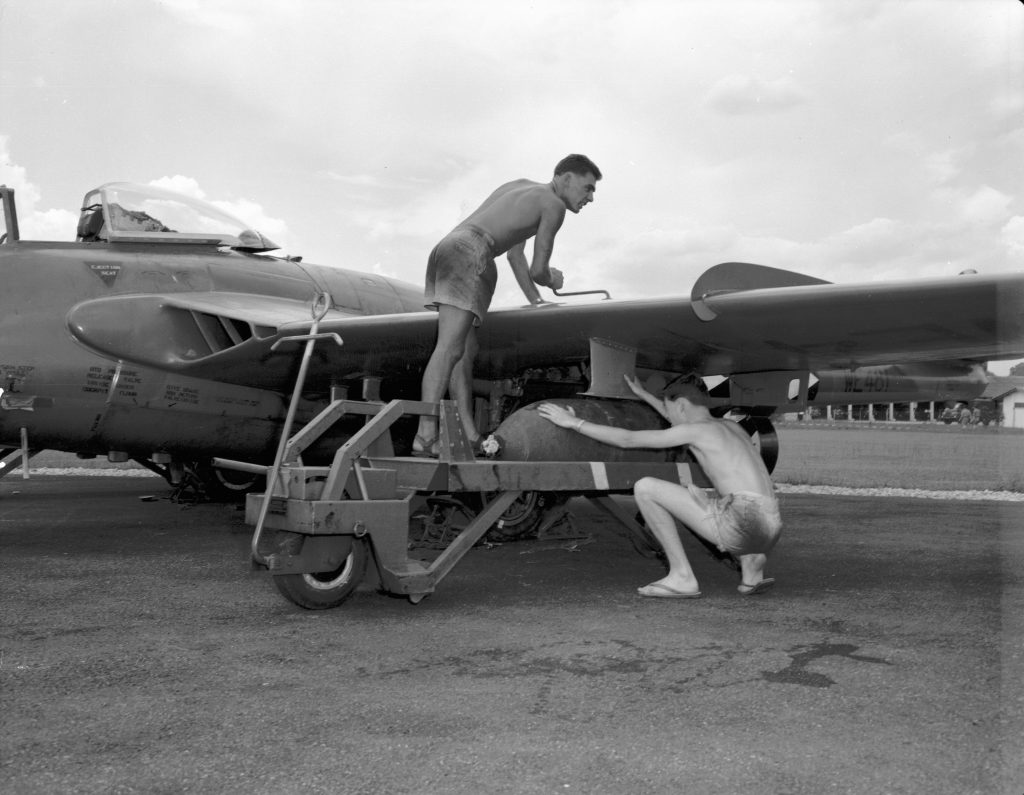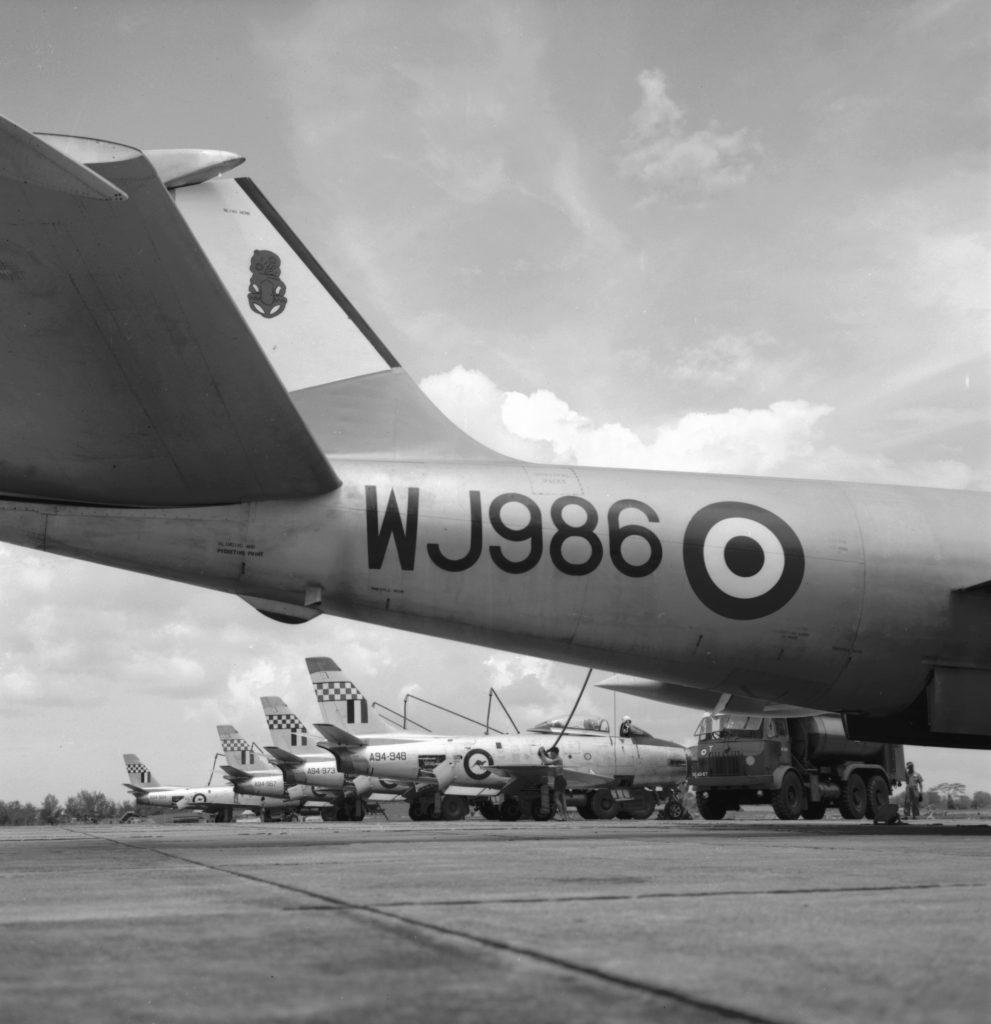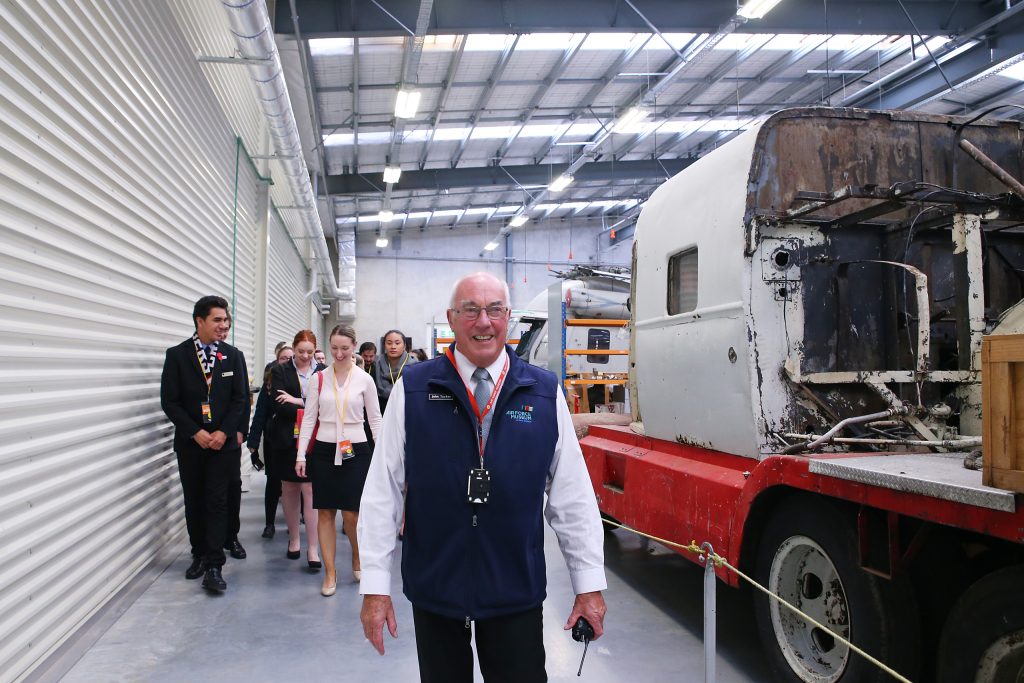During World War Two, the RNZAF helped defend the Island of Singapore and the British colony of Malaya from the invading Japanese.
After the war, the RNZAF had a presence in Singapore for more than 40 years, including during the Malayan Emergency from 1948 until 1960. It was in this theatre that Kiwi air force crews last flew an operational sortie against an enemy in 1959. This is the story of why that presence in Singapore began.

In the relative peace of the immediate post-World War Two years, the world was trying to take a deep breath after the great conflict. In the Malay Peninsula a small group of freedom fighters called the Malayan National Liberation Army (MNLA) were agitating for a free Socialist state. Many of these fighters were veterans of fighting the occupying Japanese forces during the War. The MNLA were fighting for a Socialist Malay state free from British colonial rule, while the British were fighting to defeat communism and protect their economic interest in the area.
The Malayan government declared a State of Emergency in June 1948 and called on the Commonwealth to contribute to the effort. In September 1949 the first RNZAF contribution arrived in Singapore. ‘A’ Flight of No. 41 Squadron, with three Dakotas, was attached to the RAF Far East Air Force. They transported troops and freight and dropped supplies to soldiers in the jungles. They remained there for two years, flying 785,000 km around Malaya and as far afield as Sri Lanka, Hong Kong and Japan.

As the conflict continued, the British required increased contributions to their Strategic Reserve, so in 1955 No. 14 Squadron was moved from Cyprus to Singapore to fly leased-RAF de Havilland Venom jet fighters, and No. 41 Squadron moved from New Zealand to Singapore, flying Bristol Freighter transport aircraft.

L-R: Flying Officer BAN Greer (Christchurch), Sergeant J Hooker (Cambridge), Flying Officer MC Preece (Christchurch), Flying Officer AA Henderson (Riversdale), Flying Officer HJ Coventry (Lower Hutt), Flying Officer IJ Webster (Wellington), Squadron Leader RA Manners (Auckland), Flying Officer RJ Chippendale (Rangiora), Sergeant G Oldfield (Papatoetoe). Image: WhG7672-55 RNZAF Official.
No. 41 Squadron was based at RAF Changi, on the other side of the island from No. 14 Squadron’s base at Tengah. They operated courier flights, dropped supplies to soldiers in the jungle, and supported training exercises. Their Bristol Freighters were well suited to the work and, when dropping supplies over the jungle, two British Army dispatchers were included in the crew.

The work was demanding and exacting over the rugged landscape. The squadron lost one aircraft when it flew into a mountain in thick cloud in the Cameron Highlands, killing all but one on board. It took soldiers two days on foot to reach the wreckage but by then the British soldier who survived had begun walking out. Twelve days later he met up with other soldiers and returned to his unit.

No. 14 Squadron flew Venoms on operations, dropping bombs, firing rockets and strafing targets. ‘Firedog’ operations were pre-planned strikes while ‘Smash Hit’ operations were in response to sudden calls from soldiers who had been ambushed. Although the worst of the Emergency was finished by the time they arrived in 1955, No. 14 Squadron proved its worth in support of the Commonwealth ground forces.

No. 14 Squadron was withdrawn to New Zealand in May 1958 and the ageing Venoms – the last to be used on operations – were returned to the RAF. The squadron had dropped some 225,000 kilograms of bombs and fired over 1500 rockets at enemy targets.

No. 75 Squadron replaced No. 14 Squadron, and flew leased RAF English Electric Canberra light bombers. They arrived in Singapore in July 1958 after flying their aircraft all the way from England, and took over the buildings and facilities previously used by No. 14 Squadron. Even though the Emergency was in the final period, the squadron exercised regularly with British, Australian and US Air Forces.

Both 14 and 75 Squadrons proudly displayed their New Zealand pride on their aircraft; No. 14 Squadron painted a white kiwi on the black rudder of their Venoms and No. 75 Squadron had either a tiki or a kiwi over a map of New Zealand on their Canberra fins.

The last offensive airstrike on Communist forces in Malaya occurred on 17 August 1959 at Bukit Tapah in Perak and involved Canberras of the RAF, RAAF and No 75 Squadron RNZAF.
This is the last time RNZAF bombers flew an operational mission against an enemy.
The Emergency was declared over in July 1960, 12 years after it began.
However, tensions in the area remained and the RNZAF retained a presence in Singapore and South-East Asia until 1989.





